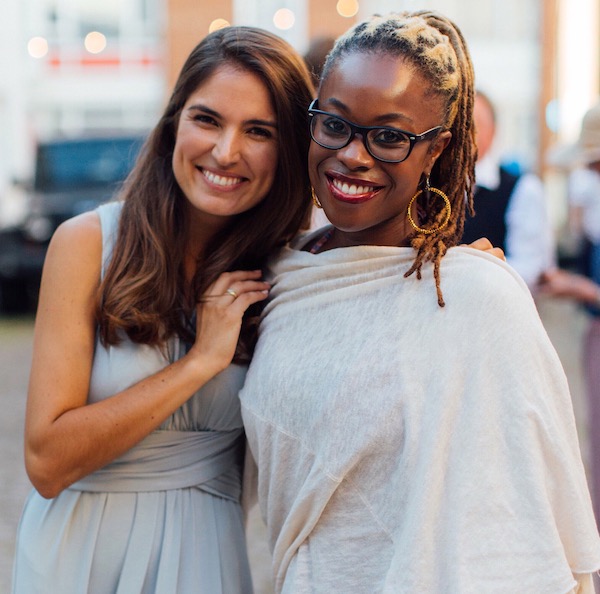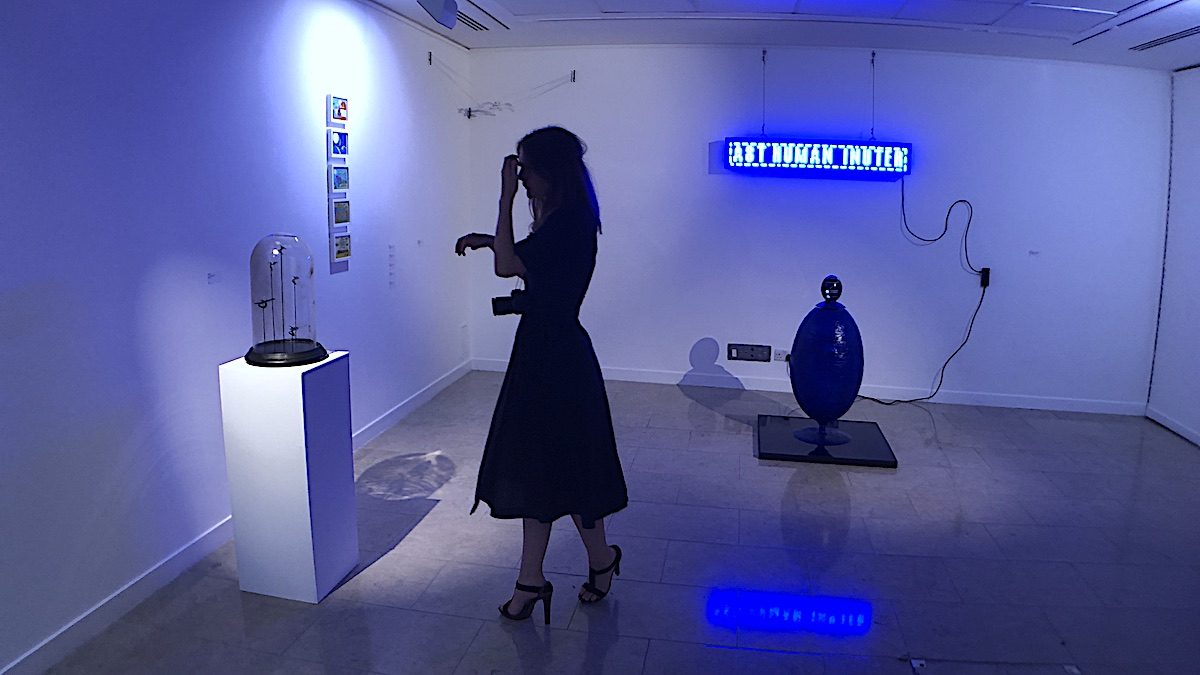Art has incredible power. It is a force for cultural reflection, social change and an invaluable medium through which we challenge existing assumptions, broaden our outlook and catalyse change. Unfortunately, the ideal does not always match the reality. The latest annual report on diversity by Arts Council England reveals a sector that is shackled by inequality. This is borne out across a range of metrics, from financial barriers to entry, to underlying racial prejudices within major institutions and gender inequality across the art world.
Arts Council England reveals a sector that is shackled by inequality
Gender discrepancies in the art world are well documented. Women are paid less than their male counterparts and proportionally secure fewer commissions. Almost two-thirds of undergraduates who study fine art and design are female, but only thirty per cent of artists represented by London’s leading galleries are women.

These issues become even more pronounced for minorities. Art by BAME artists makes up less than a third of the Tate Modern’s permanent collection, and non-white artists are visibly absent from the Metropolitan Museum of Art’s modern/contemporary art section. From early impressionists through to modern-day contemporaries, European and North American talent has monopolised mainstream artistic norms and dialogues.
But perhaps the most significant barriers to entry are financial. Three-quarters of artists originate from middle class and above backgrounds. With starting annual salaries of less than ten thousand pounds, many artists being paid based purely on sales rather than work undertaken, and galleries taking a fifty per cent commission on art sales, it is a career unaffordable and unattainable for those without a financial safety net already in place. Given that sales in the global art market reached £51.12bn, it seems counterintuitive that artists are still often struggling to attain commercial success, and yet the realities are inescapable. Change is needed, but we are looking for that change in the wrong places.
Traditional artistic institutions have immeasurable cultural value, but their very nature dictates that they cannot affect the widespread attitudinal change that the art world needs to become more sustainable.
Two-thirds of galleries in the UK operate at a loss, while benefaction and philanthropic donation are so deeply engrained in sustaining major museums and galleries that it is difficult to envisage much changing. Instead, we must look to support artists outside of the more conventional vehicles to tackle the intrinsic inequality in the art world.
Herein lies the crux of the issue. It can be stylish to pontificate on the dangers of commercialising art, and some commentators would contend that to do so risks devaluing the integrity of the work. This view is class-insensitive and disregards the failure of the existing structures to facilitate entry into the art world for artists from diverse backgrounds.
If we are to create a more sustainable model, an attitudinal shift is required. As an industry, we must accept that for many artists forging a career is impossible without circumventing the traditional structures to adopt a more commercial outlook. Secondly, how the art world presents itself to the public must evolve. The industry needs to rebrand, work more closely with business and grow its appeal to create an industry that works for everybody.
Artists as social commentators can be at the forefront of this movement, but to do so, they need to be accredited with the same exposure and prestige as other creatives. Look at how successful actors, athletes and musicians have built commercial behemoths off the back of their profile, and the way they influence people every day. Artists are underrepresented in this regard, which is odd as I would argue that the very nature of their practice demands introspection, sparks discussion and could add more to these discussions.
Banksy has harnessed that perfectly, becoming a counter-cultural phenomenon and reaping the benefits. We cannot afford to wait around for our institutions to modernise. Why shouldn’t artists partner with more major brands, work with government bodies on more public art projects, and why shouldn’t young women look at their favourite artists face on a billboard and believe they can be just like them?
This is a watershed moment. We must seize the opportunity to open the debate about how we fund art and who it is for. It’s time to sit up, take notice and stop undermining the very thing which is at the heart of all great artistic ideas – equality.
Marine Tanguy is CEO of artist talent agency, MTArt Agency Top Photo: Ann Grim Exhibition, Hospital Club London, © Artlyst 2019

